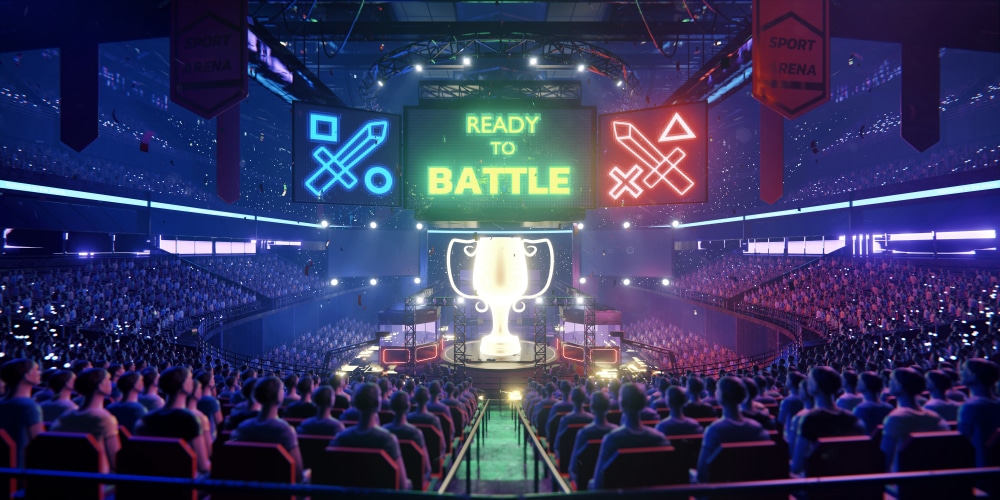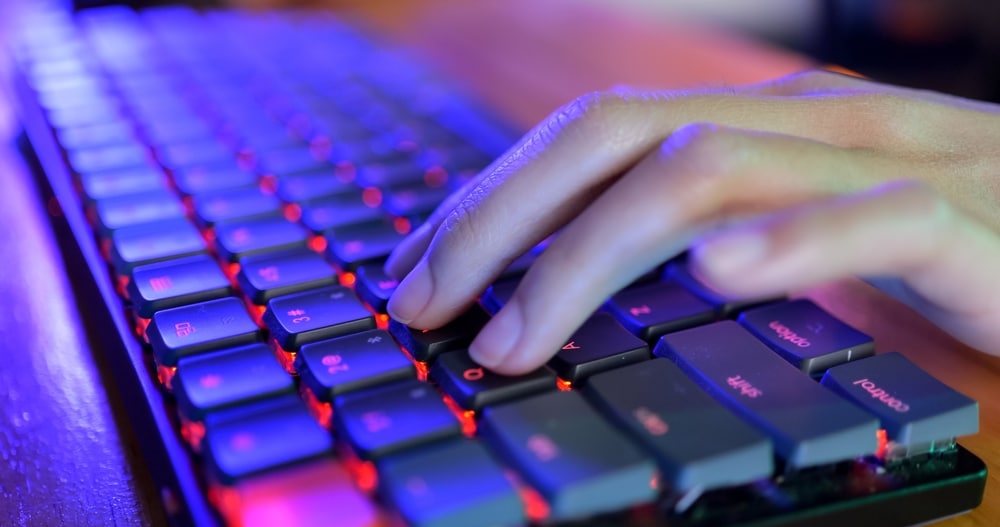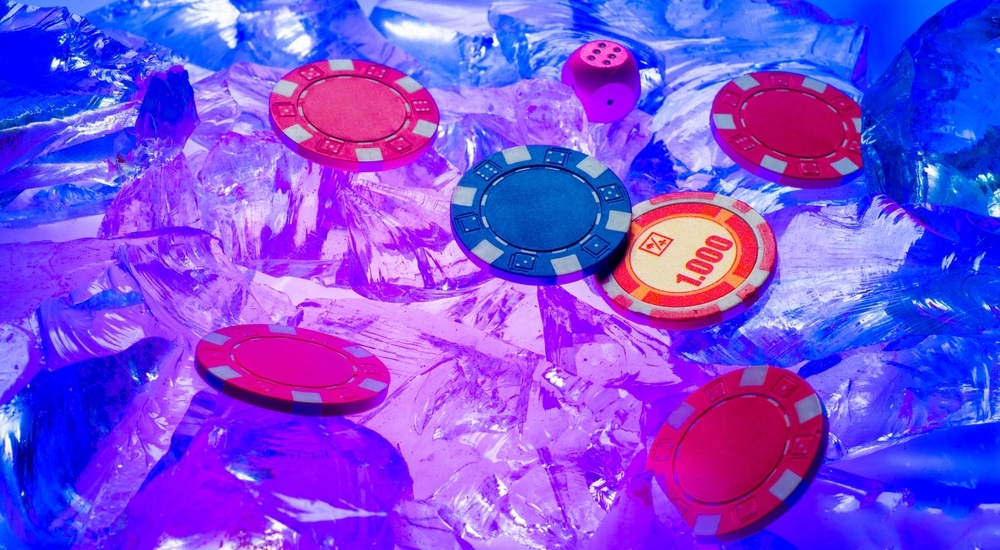

The modern gaming industry has gone through a dramatic transformation over the past few decades, evolving from a niche hobby into an entertainment juggernaut. With the advent of powerful gaming consoles, PC gaming, and the proliferation of smartphones, gaming has become an integral part of global culture. Video games today are not just about entertainment; they are a thriving economic sector, an art form, and a social space where millions of players interact and compete.
However, amid this growth, there are growing societal concerns of microtransaction addiction. Microtransactions are small, often in-game purchases that players make to enhance their gaming experience. These purchases can range from cosmetic items like skins and outfits to gameplay-affecting items like weapons or power-ups. Although microtransactions offer players a way to personalize their gaming experience, they have also raised concerns about their potential to lead to addictive behaviors.
Many digital games have adopted paid reward systems and in-game currency that allow players to buy game-specific content. With approximately 3.09 billion active gamers worldwide, paid reward systems like in-game purchases, card packs, loot boxes, and battle passes have become an incredibly lucrative business model for game developers and publishers. According to PwC, the global digital games market is worth 257.1 billion in 2023 and is expected to reach 321.1 billion by 2026. Of this number, in-game purchases stand at approximately $61 billion, accounting for the largest slice of the global gaming market.
Despite this growth, a recent study from Loughborough and Newcastle universities found that items obtained from microtransactions were harmful, especially to young people and vulnerable consumers. In fact, the research found that young people who purchased loot boxes had a higher risk of becoming gamblers or developing problem gambling than others.
A loot game is a chance-based game that includes a randomized selection of in-game items that can only be seen after the loot box opens. It can go by different names, including card packs, mystery boxes, bags, eggs, gifts, wishes, cookie cutters, spins, etc., which makes it difficult for young people, parents, and carers to recognize them as games of chance. Players earn or buy loot boxes with real-world money. These loot boxes contain:
Other studies also linked excessive gaming to psychiatric disorders like anxiety and depression, as well as addictive behaviors. This is primarily due to games introducing gambling-like mechanisms. For instance, gamers can use real money to gamble at the Diamond Casino and Resort in the Grand Theft Auto V (GTA-5) video game. The nature of gaming has also changed with the rise of smartphones, allowing gamers to play games on the go while providing Freemium options (that are free and premium). Freemium games are free to play but offer in-game purchases for real money.
Microtransaction addiction is characterized by players compulsively spending real money on in-game purchases, often to the detriment of their finances, well-being, and personal relationships. This addiction can create a pattern strikingly similar to traditional gambling patterns, with players chasing the thrill of acquiring virtual items or progressing in the game through these pay-to-play actions. As microtransactions become more prevalent in the gaming industry, the concern surrounding their addictive nature has escalated.

When individuals engage in activities that result in pleasurable experiences, like making in-game purchases and receiving rewards, it activates the brain's reward pathways, primarily involving the release of the neurotransmitter dopamine. Over time, repeated activation of these pathways reinforces the association between the activity (making a microtransaction) and the pleasurable outcome (receiving a reward).
With continued engagement in microtransactions, the brain can become sensitized to the pleasurable effects. This means that over time, one may require more frequent or larger rewards to achieve the same level of pleasure. As a result, they may engage in even more microtransactions to chase that initial sense of satisfaction.
The brain's neural connections adapt based on behavioral patterns. If making microtransactions becomes a habitual behavior, the neural pathways associated with this behavior can become strengthened. This reinforces the inclination to engage in the same behavior repeatedly, even when it may not be in the individual's best interest.
Neuroplastic changes in the brain can lead to the development of cravings and compulsive behaviors. As the brain associates microtransactions with pleasurable outcomes, it can generate cravings for those experiences. Cravings, in turn, can drive individuals to engage in microtransactions even when they consciously recognize the negative financial and psychological implications.
Neuroplasticity can also affect decision-making processes. Over time, the brain may prioritize the immediate pleasure derived from microtransactions over long-term considerations, such as financial impact, relationships, etc. This shift in decision-making can contribute to the cycle of addiction.

In-game purchases, particularly those involving loot boxes and other chance-based microtransactions, can create patterns of behavior similar to traditional gambling addictions. For one, they leverage reward mechanisms to keep players engaged. The intermittent reinforcement schedule, where players receive rewards at unpredictable intervals, is a hallmark of both traditional gambling and loot boxes. This unpredictability can lead to players repeatedly making purchases in the hope of receiving valuable items.
There’s also the Fear-Of-Missing-Out (FOMO) aspect, where players fear missing out on limited-time offers, exclusive items, or events. Game developers use these strategies to create a sense of urgency and drive compulsive purchasing behaviors. In many cases, they also showcase the purchases of other players to create a competitive environment where players may feel pressured to spend more to keep up with others. This can lead to unhealthy financial decisions driven by social comparison.
Sadly, once a player has invested a significant amount of money into microtransactions, they may develop a sunk-cost fallacy. This cognitive bias makes them feel compelled to continue spending to justify their previous investments, even when it becomes financially detrimental. To make matters worse, human psychology is wired to be loss-averse, meaning people are more motivated to avoid losses than to gain equivalent rewards. When players invest money in microtransactions and don't receive the desired items, they may perceive it as a loss and feel compelled to spend more to avoid further "losses."
Microtransaction addiction can have significant and wide-ranging impacts on individuals, affecting their mental, emotional, and financial well-being:
The Federal Trade Commission Act takes action against video game companies that engage in unfair or deceptive practices. Better Business Bureau’s National Advertising Division (NAD) does the same thing, reviewing advertisement claims for accuracy and truthfulness. NAD aims to protect children from potentially unfair practices related to microtransactions. But still, there is a real potential for players to experience harm in relation to microtransactions, especially since there aren’t any specific gaming regulations that govern chance-based outcomes.If you or someone you know is struggling with microtransaction addiction, don't hesitate to reach out for help. There are plenty of addiction resources and treatment options available to help you regain control of your life and find healthier ways to enjoy gaming and entertainment.